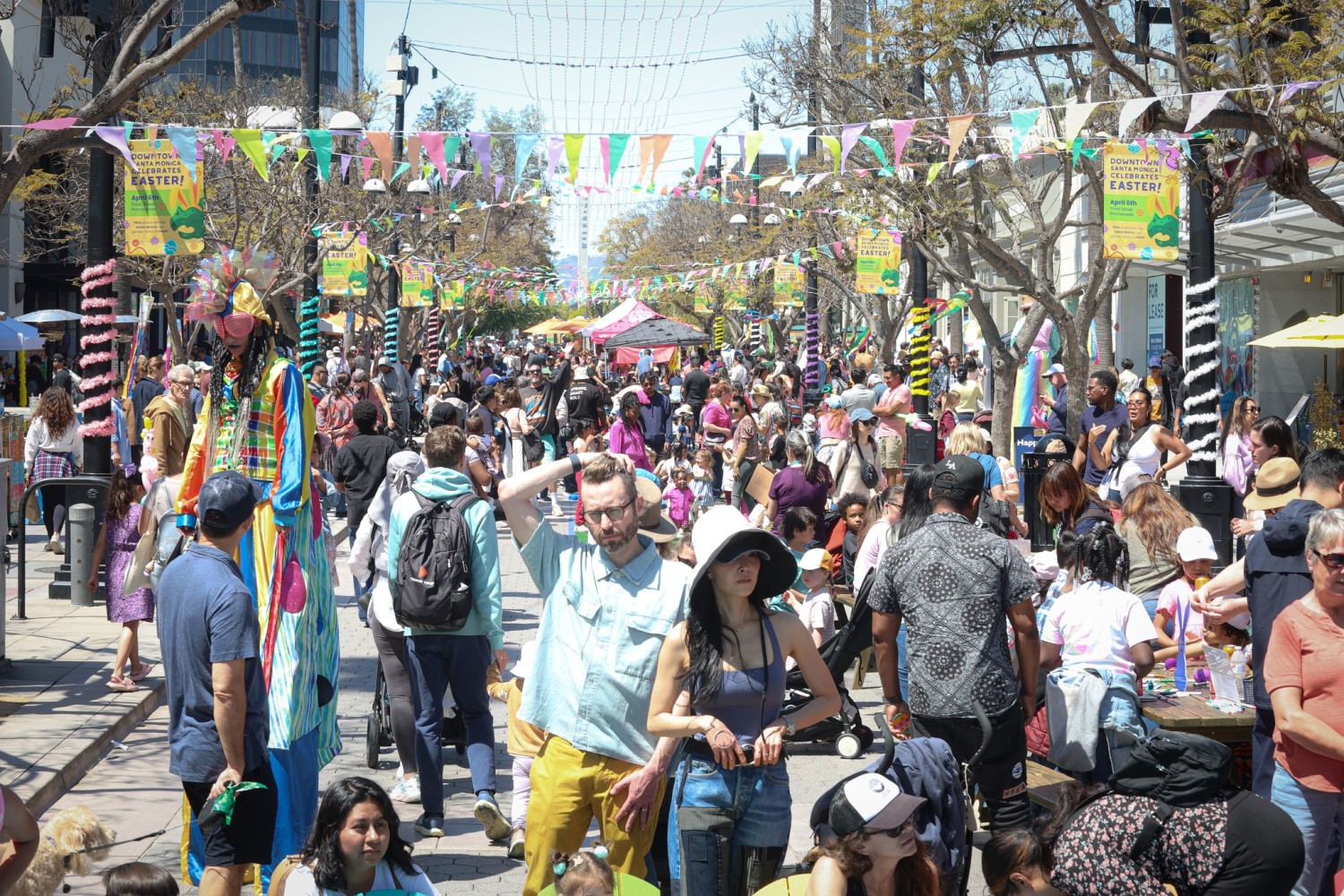
Santa Monica’s new plan to allow outdoor drinking on the Third Street Promenade between 8:00 AM and 2:00 AM is being pitched as a revitalization effort, but it’s more like pouring a shot into a sinking glass. Proponents claim the move will boost foot traffic and energize nightlife. In reality, it threatens to turn a once-vibrant, friendly, and diversified shopping destination into a magnet for crime and chaos, with no real safety net.
Let’s start with the obvious: Santa Monica’s current budget doesn’t stretch far enough to implement the existing basic rules. Public smoking bans are routinely flouted, and visible enforcement of drinking-related offenses—think public intoxication or aggressive panhandling—is rare. The city’s police department has already stated it lacks the resources to monitor a larger, more volatile outdoor drinking scene. So, who exactly will keep the peace when things go sideways?
The presence of alcohol in outdoor communal spaces, especially without robust oversight, only increases the risk of substance abuse-related incidents. Cities like Savannah, Georgia, and parts of Cincinnati’s Over-the-Rhine district have rolled back or restructured similar open-container programs due to spikes in public intoxication, vandalism, and quality-of-life complaints. Despite some initial economic gains, there was a marked increase in nuisance complaints, public intoxication, and assaults—problems that the city struggled with. Similarly, Nashville’s Broadway district has become notorious for alcohol-fueled fights and vandalism, prompting city leaders to consider stricter rules after years of lax oversight. Does Santa Monica think that we are going to fare differently? Are we emulating a success model—or just repeating proven mistakes?
The assumption that alcohol will draw crowds is not unfounded, but the kind of crowd and attention it draws matters. The general population and tourists are unlikely to linger where inebriated patrons spill drinks and lose tempers. By prioritizing bar crawlers, Santa Monica risks trading stability for short-term sizzle and pop.
Instead of promoting a healthy, all-inclusive message showing our year-round fun California beach lifestyle, this plan caters to a narrow demographic: bar-goers and nightlife seekers. It sidelines families, residents, and seniors, it downplays wellness, and further distances those who want and value Santa Monica as a safe, accessible coastal community. In trying to chase a dollar sign out of desperation, the city has overlooked and sold out its core identity.
Worse, it comes without the necessary infrastructure to manage the fallout, and due to fiscal negligence and poor management over the last 20 years or so, the city has no additional funding to control drinking limits, monitor behavior, or even uphold basic ordinances like its widely ignored public non-smoking ban. Our police force is already stretched thin, and business owners are already at their wits’ end dealing with property damage and individuals experiencing homelessness setting up in doorways.
Let’s be clear: this isn’t New Orleans, where open-container culture is ingrained. And we’re not Nashville, where tourist-fueled honky-tonk strips dominate the local economy. Santa Monica is—and should remain—a place that balances tourism with livability. This plan tips the scale.
Santa Monica’s vision overlooks a fundamental principle: you can’t outsource community vibrancy to alcohol. And you definitely can’t do it without the resources to enforce basic law and order. Sorry, but wrist bands will not do it unless you are waiting in line for a ride at Disneyland. Without adequate, intelligent planning and policing, the Promenade’s new open-drink zone is less a toast to revitalization and more a recipe for regression.
The Santa Monica City Council is out of touch by prioritizing an alcohol-first solution. Rather than amplifying what makes Santa Monica special—its walkability, beach culture, artistic energy, and diversity—the city is lowering its image and betting on booze to save the Promenade.
There’s a better path forward. Instead of pouring drinks in the streets, why not pour energy and marketing efforts into programming that brings people together? Host, encourage, and support when possible, consistent multicultural festivals, fitness and food pop-ups, night markets, and local art fairs—events that attract a broad range of people and reflect the city’s vibrancy. Create a Promenade that welcomes all, not just the 21-and-over crowd looking to bar-hop outdoors.
Santa Monica doesn’t need a drink in its hand. It requires a clear-eyed sobering vision of the future, with leadership that respects its residents, its values, and the unique culture that made it a stellar destination in the first place.
Michael Jolly for SMa.r.t.
Santa Monica Architects for a Responsible Tomorrow
Samuel Tolkin, Architect & Planning Commissioner; Thane Roberts, Architect; Mario Fonda-Bonardi AIA, Architect; Robert H. Taylor AIA, Architect; Dan Jansenson, Architect & Building and Fire-Life Safety Commission; Michael Jolly, AIRCRE; Jack Hillbrand AIA, Architect;
Matt Hoefler AIA, Architect; Phil Brock, SM Mayor (ret)













